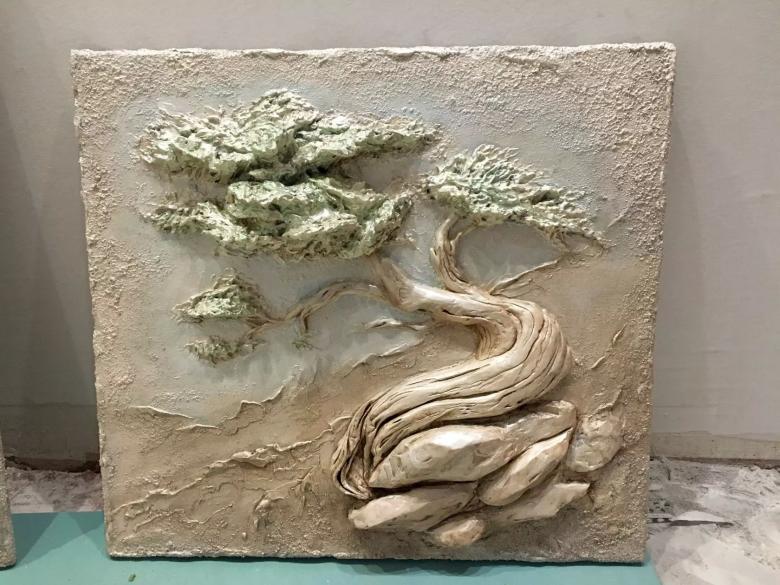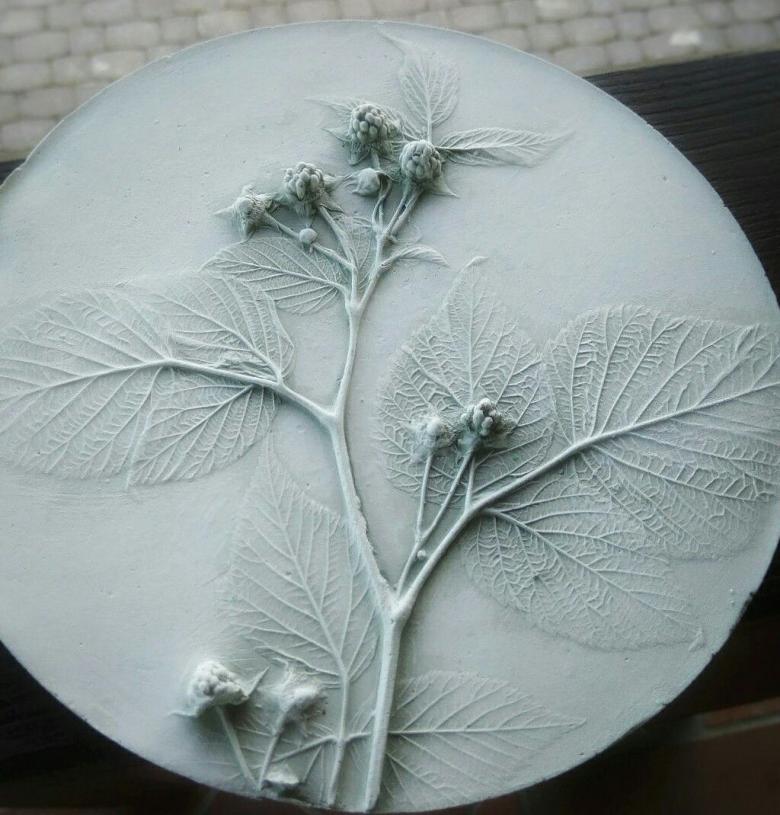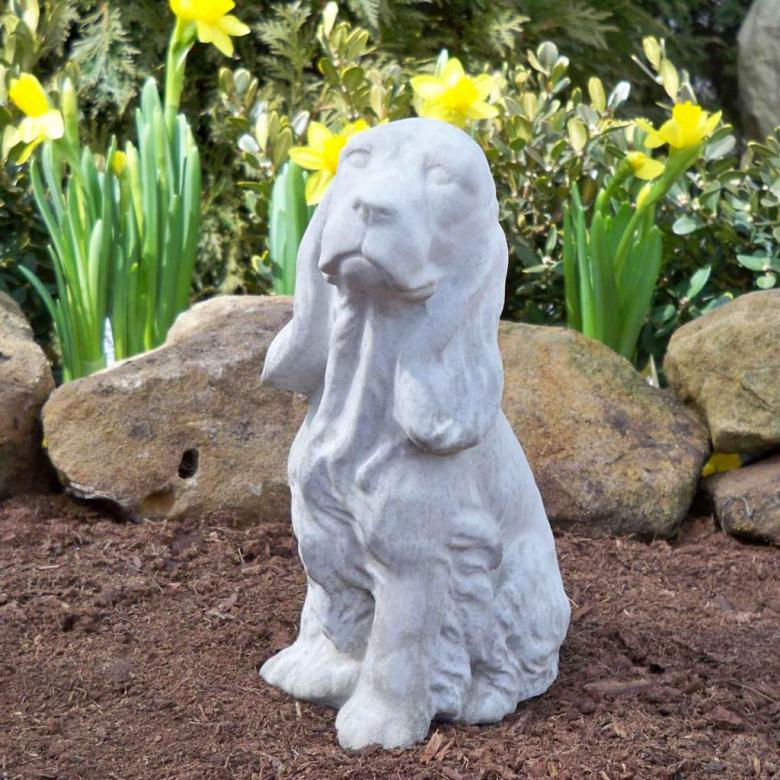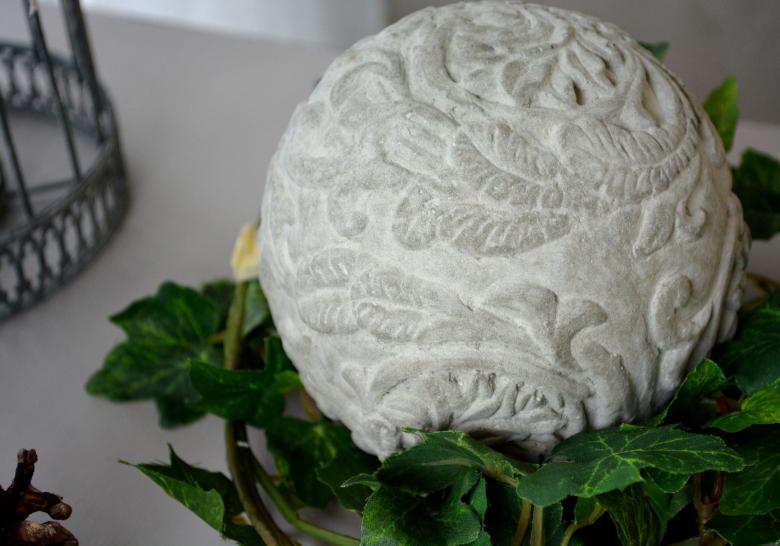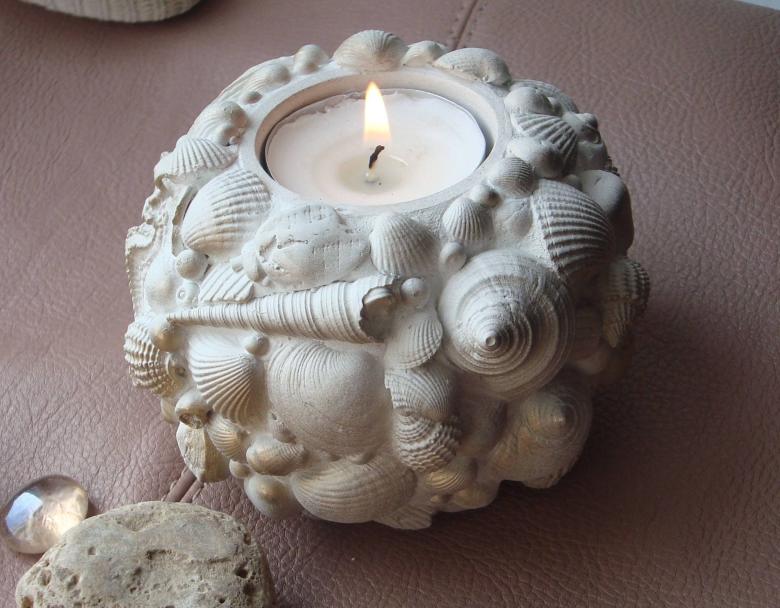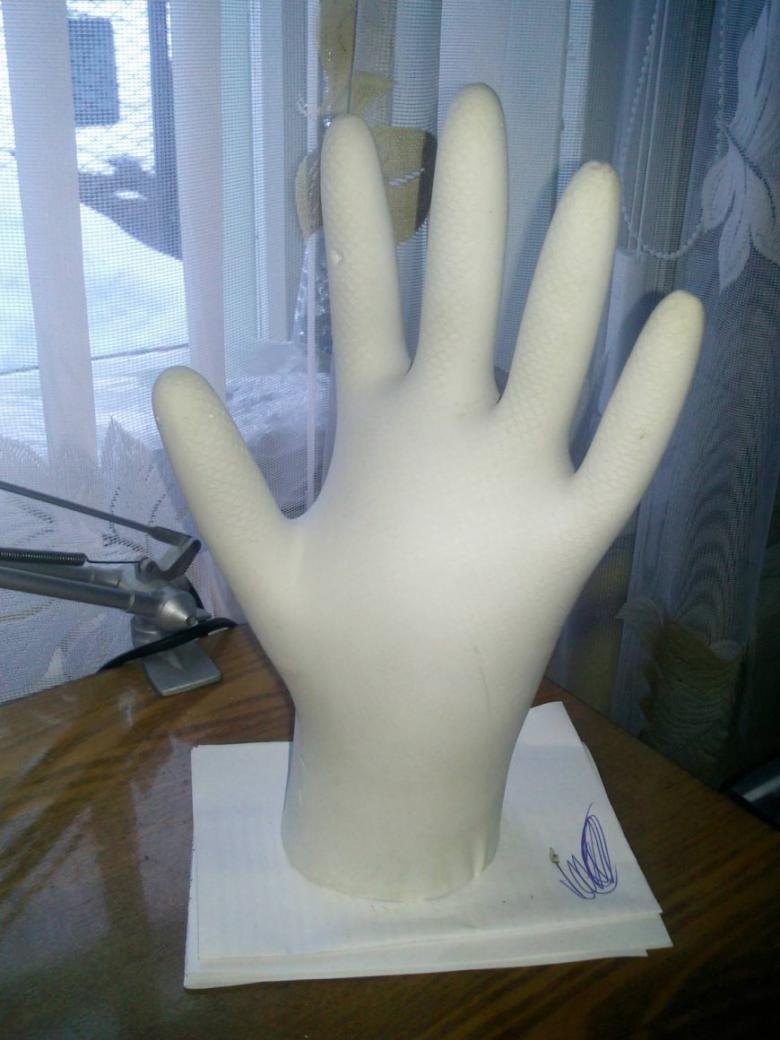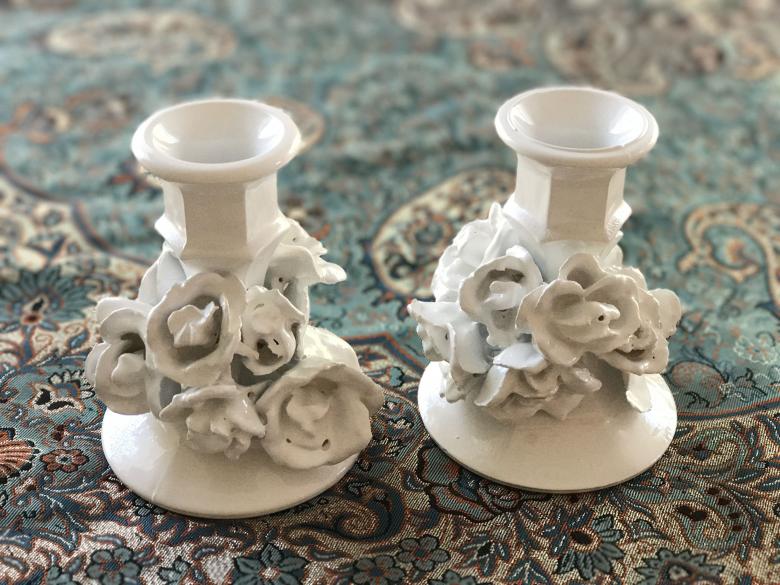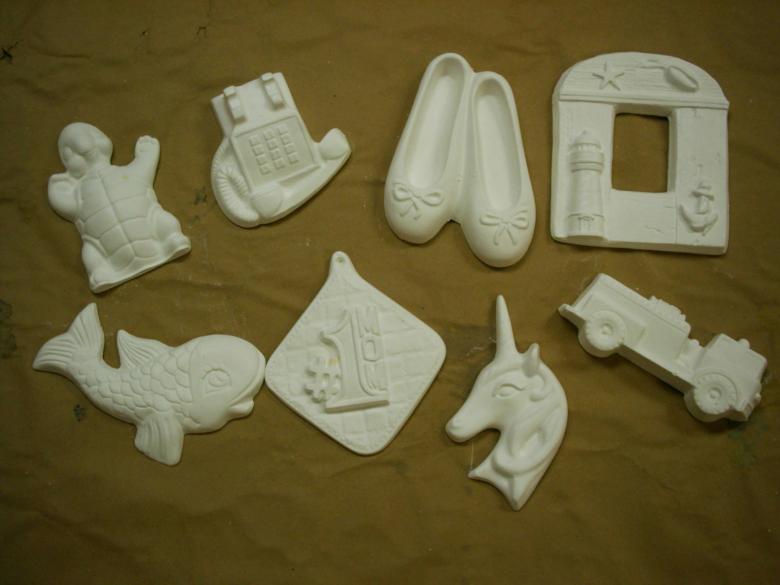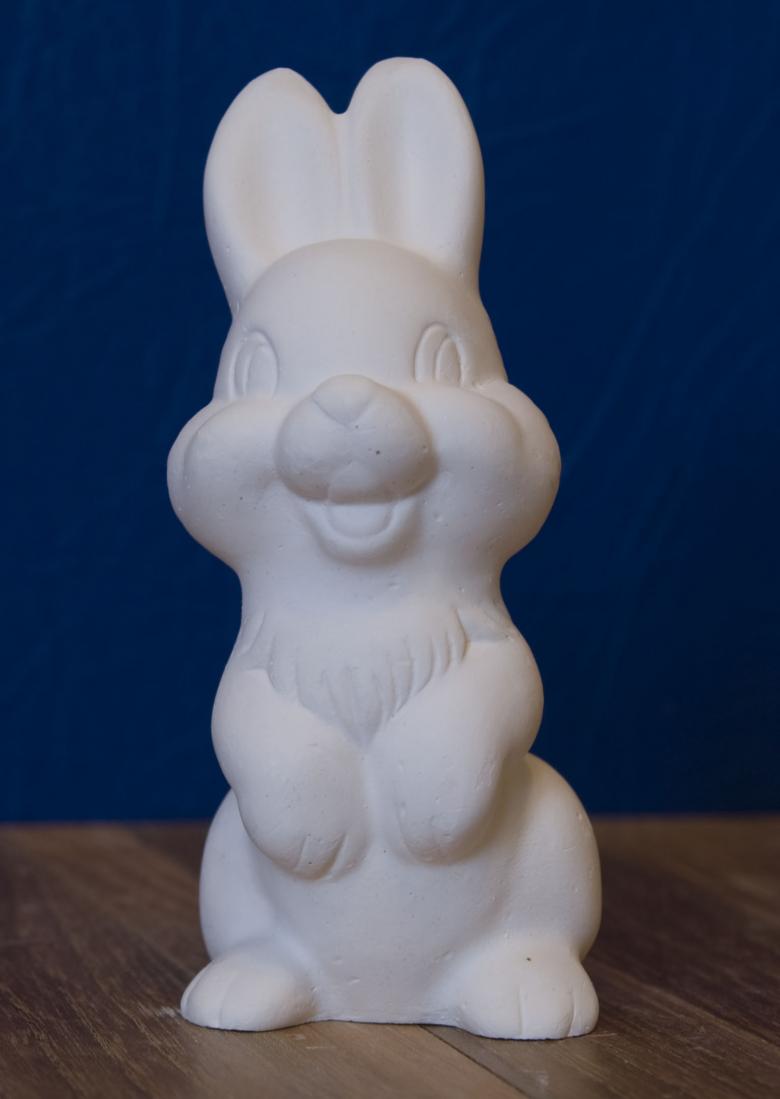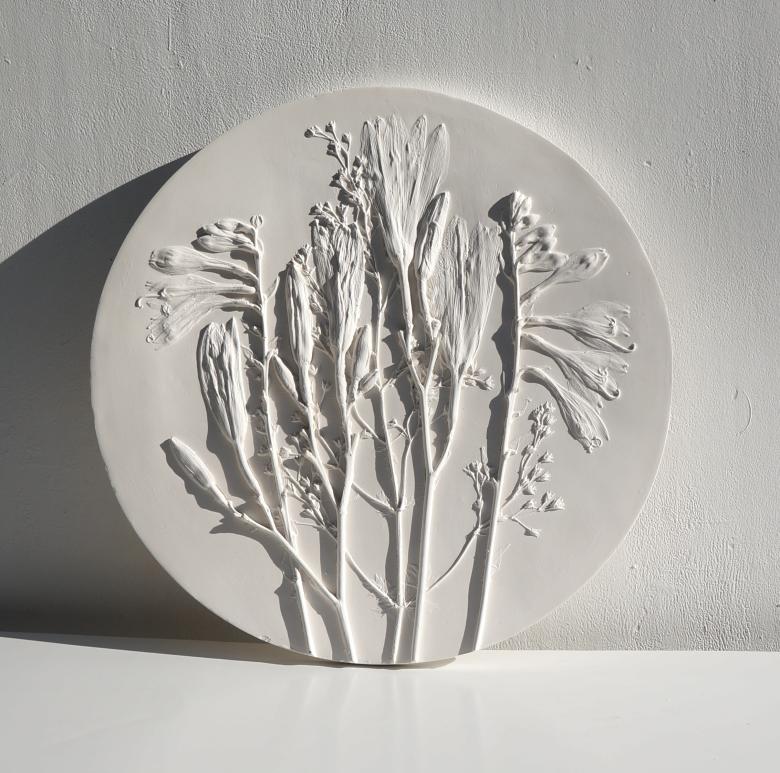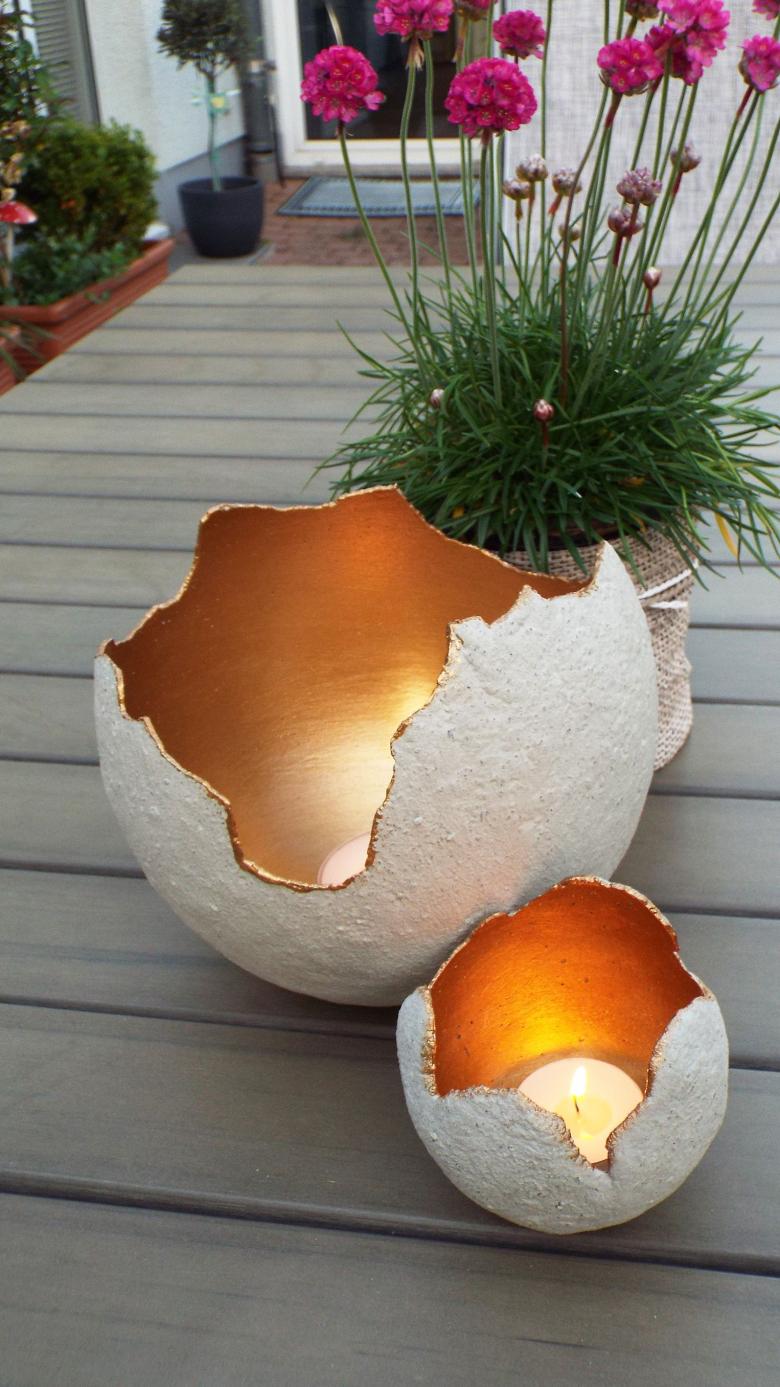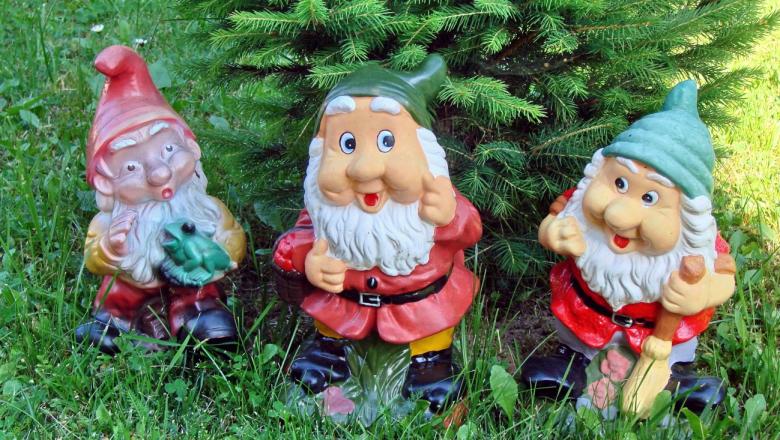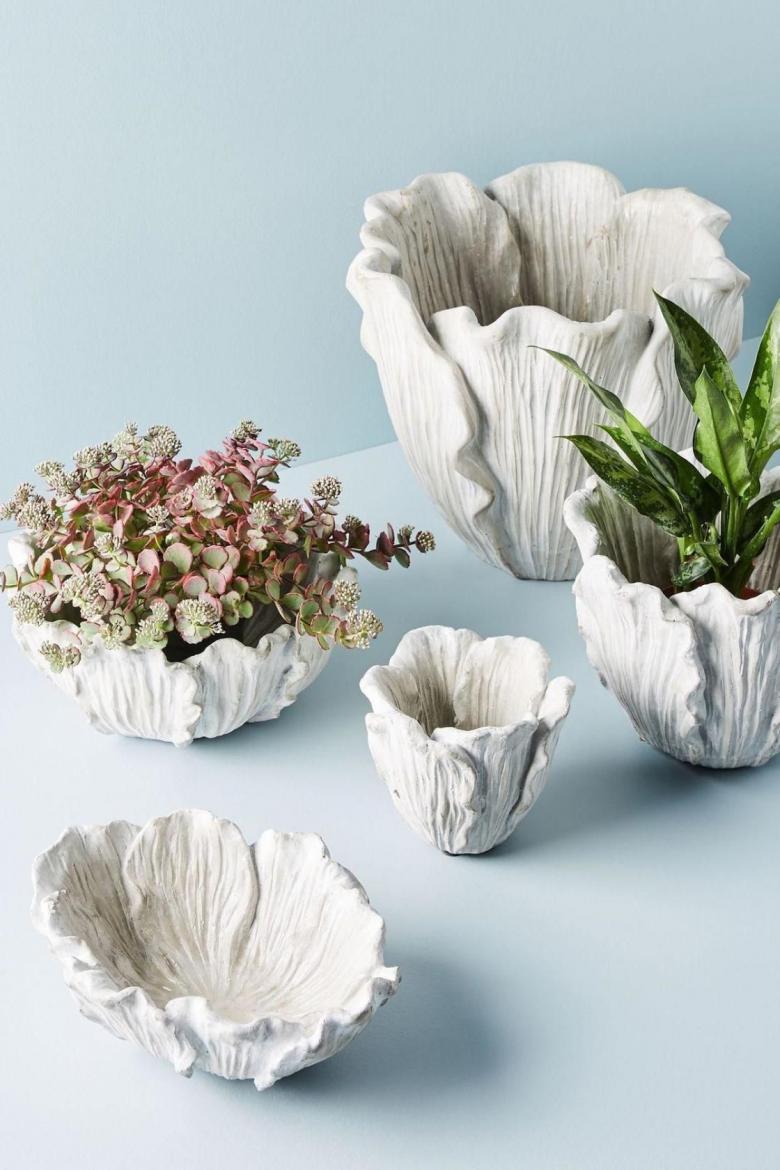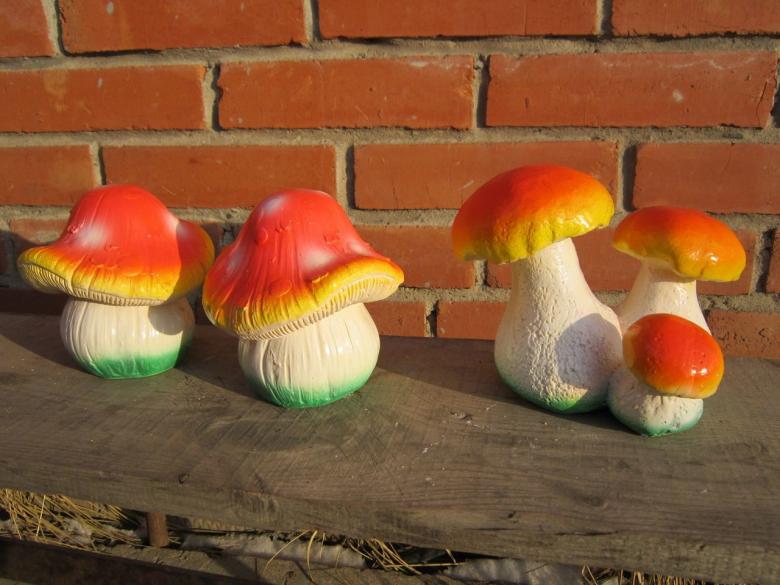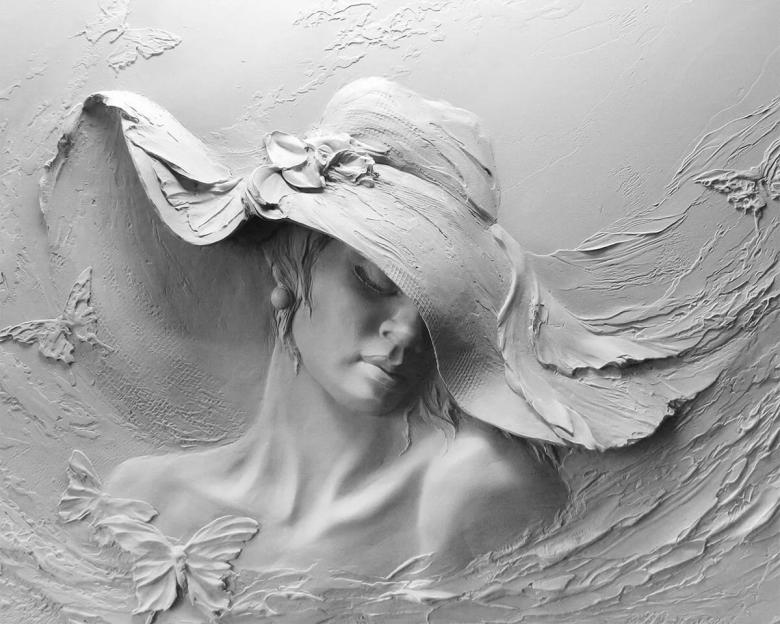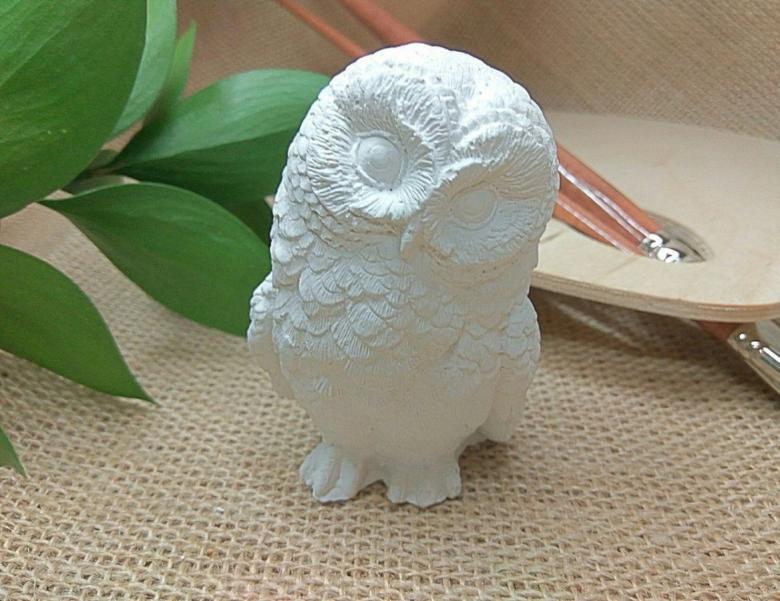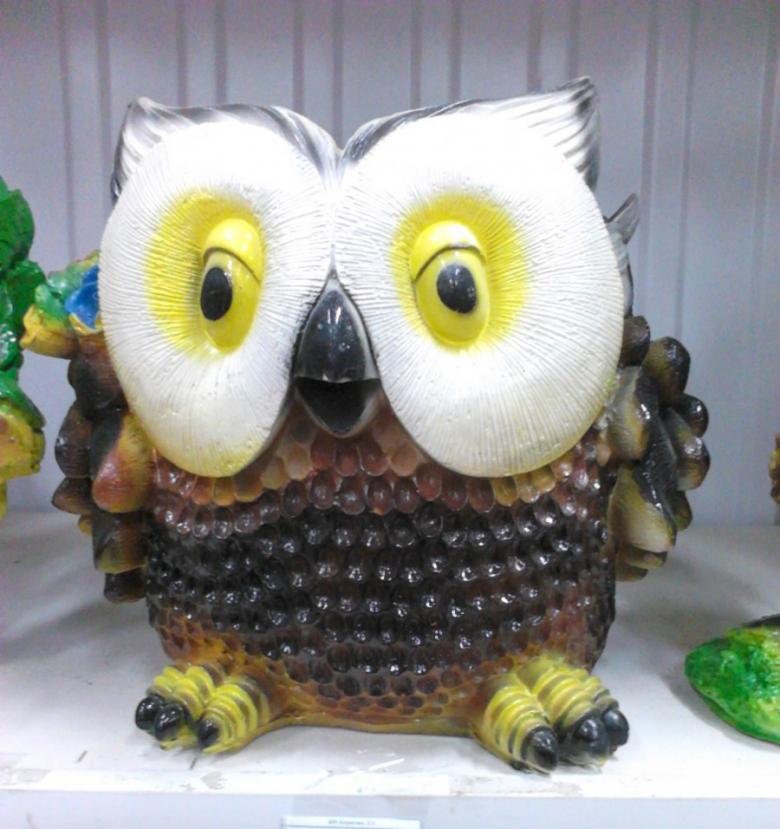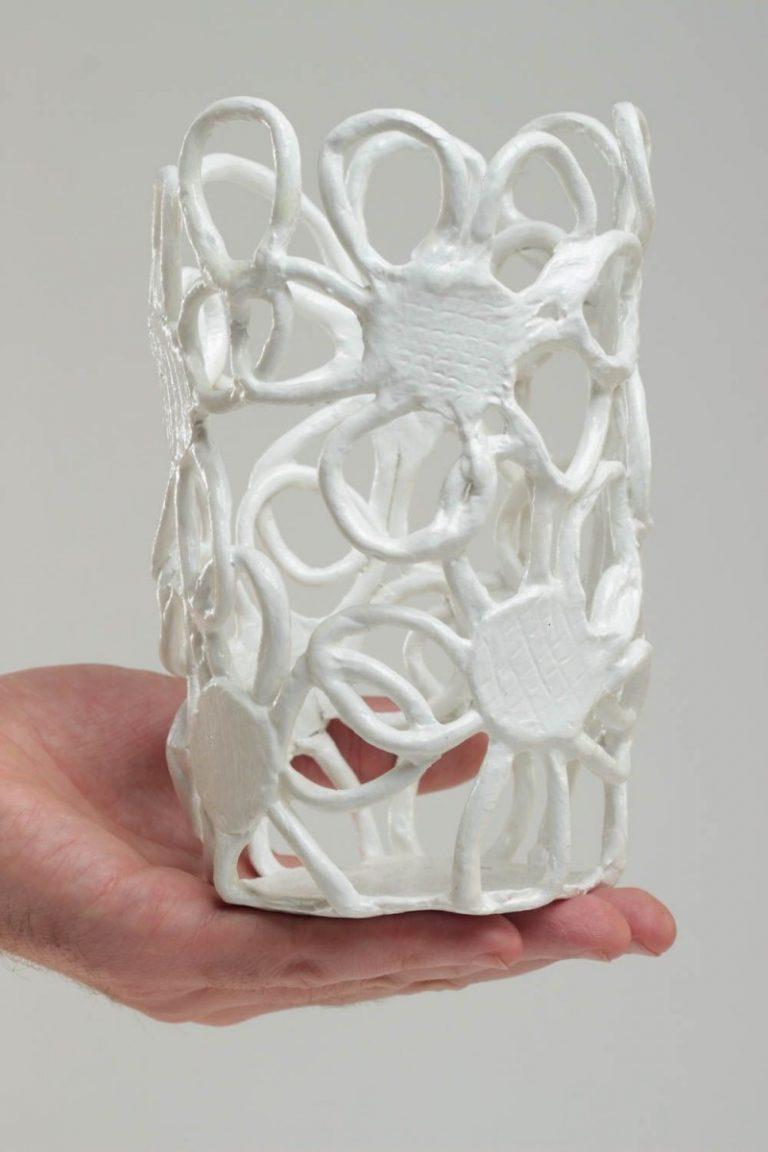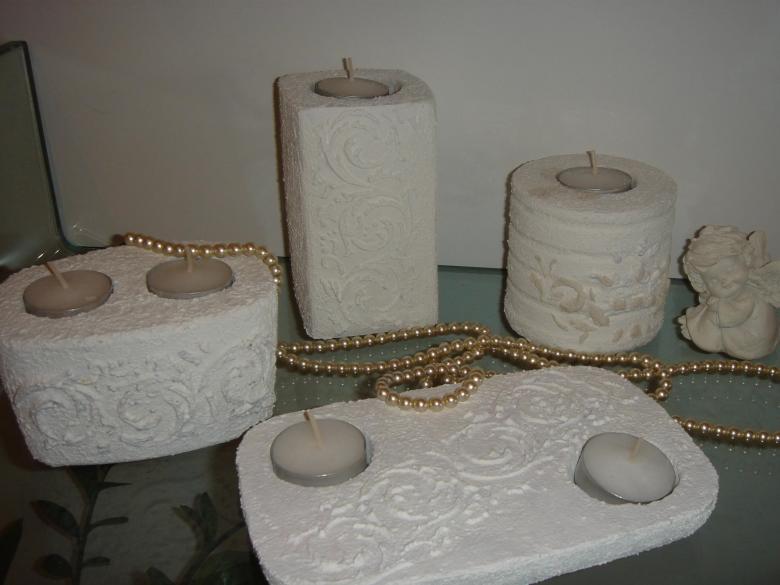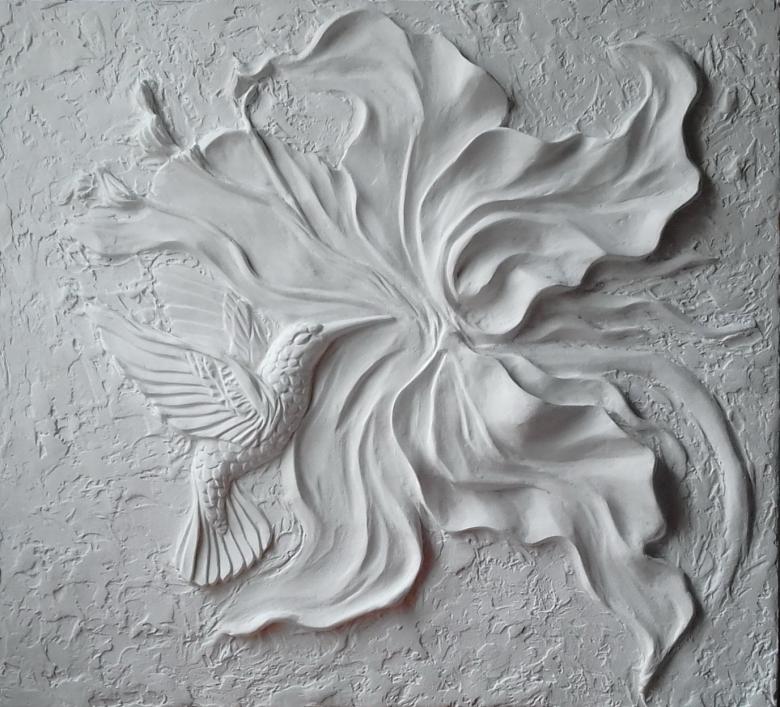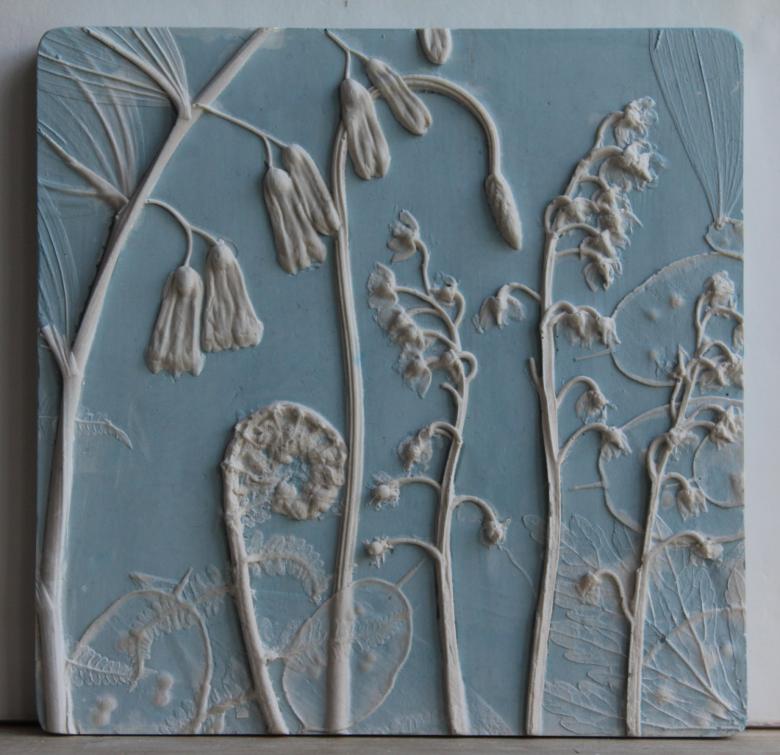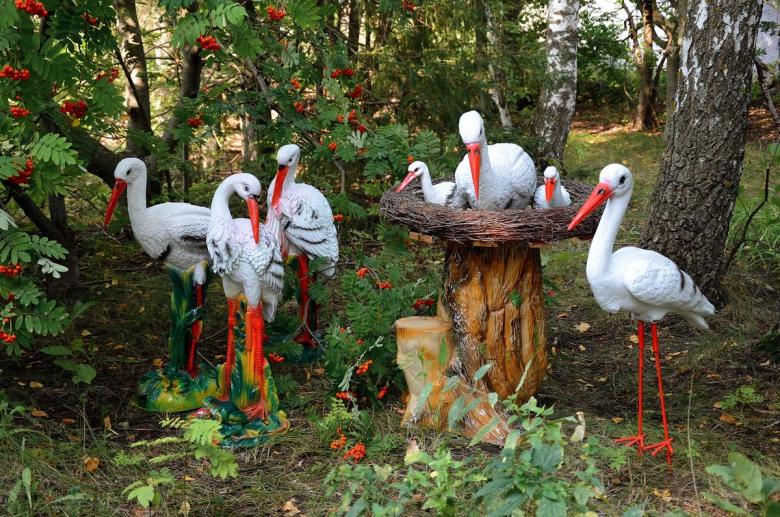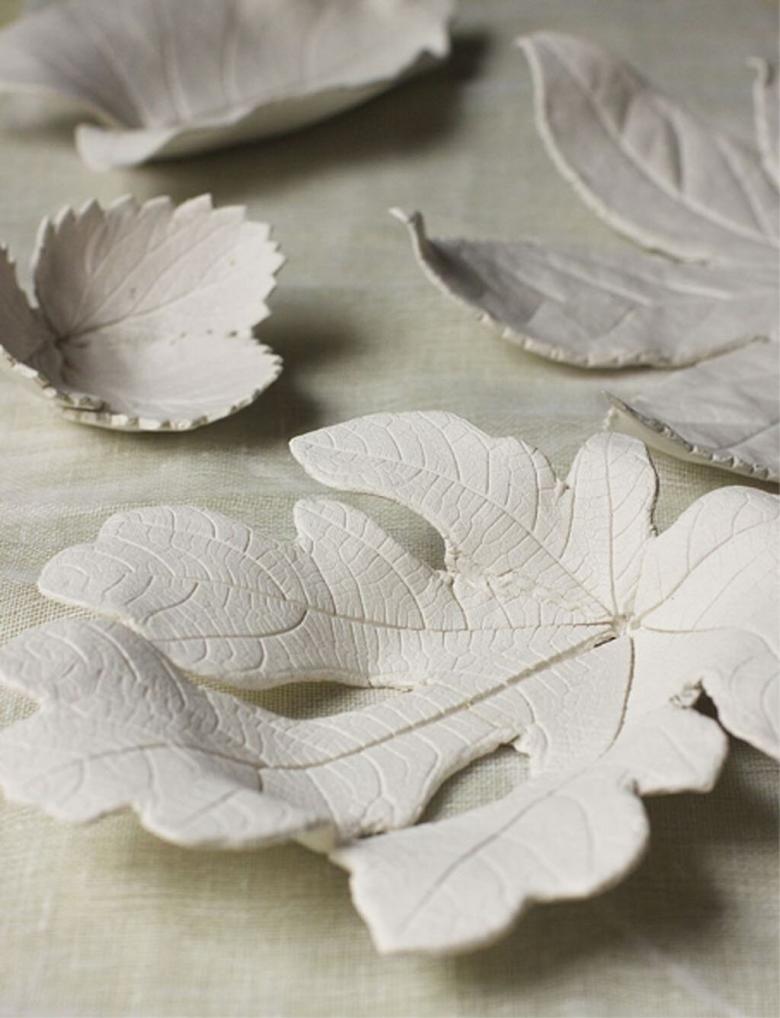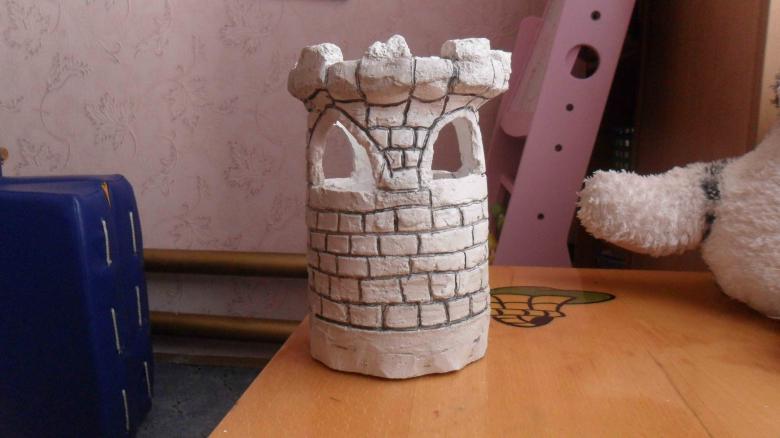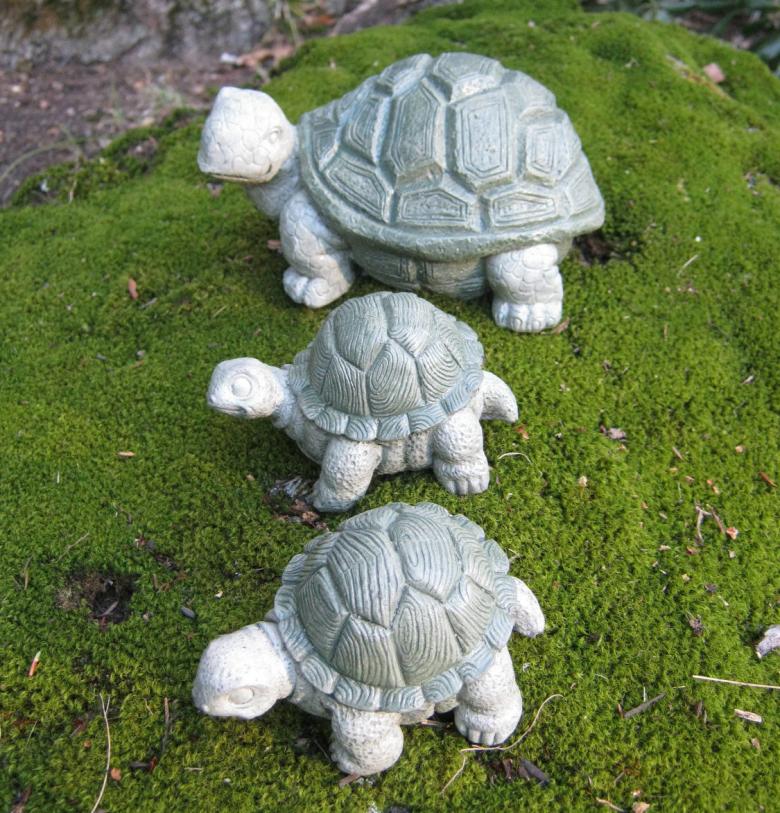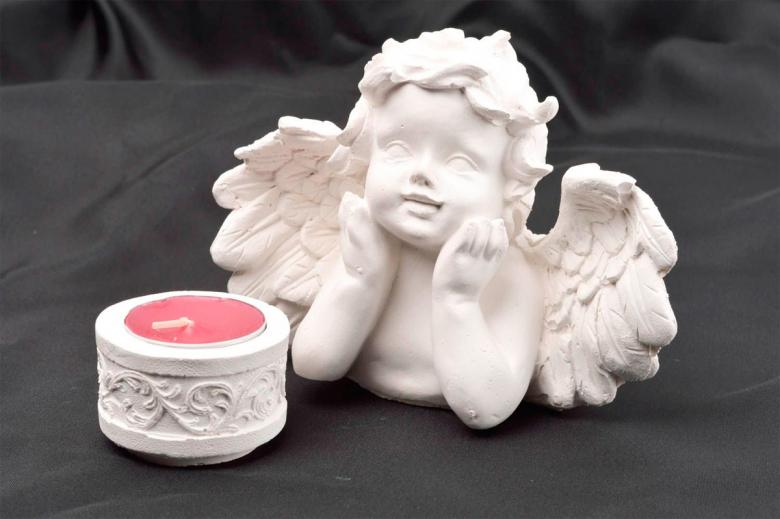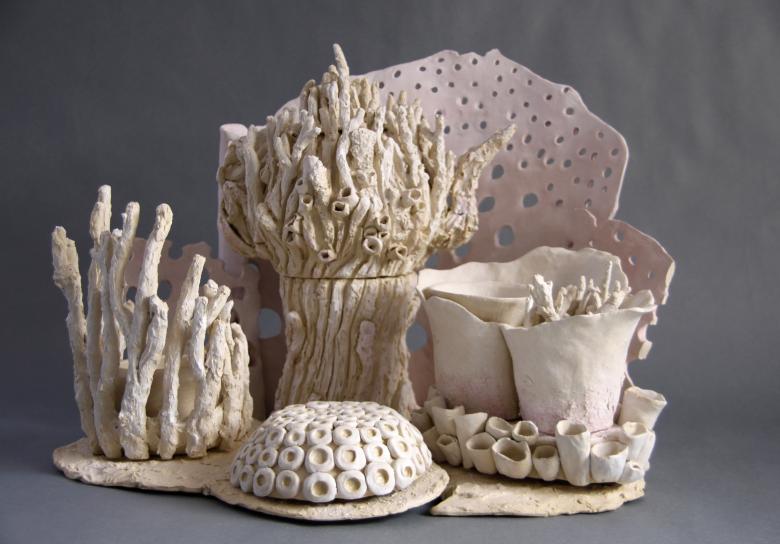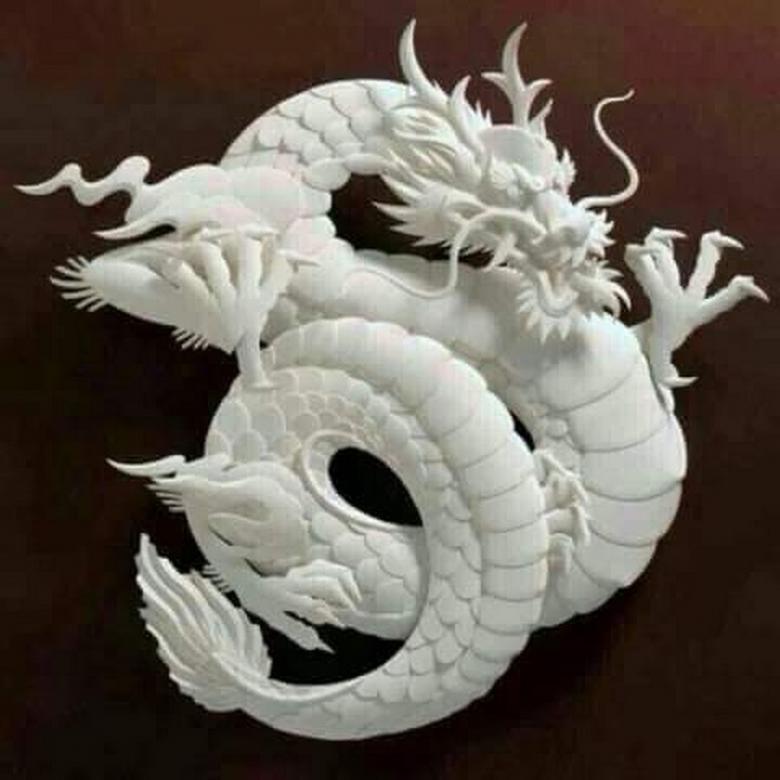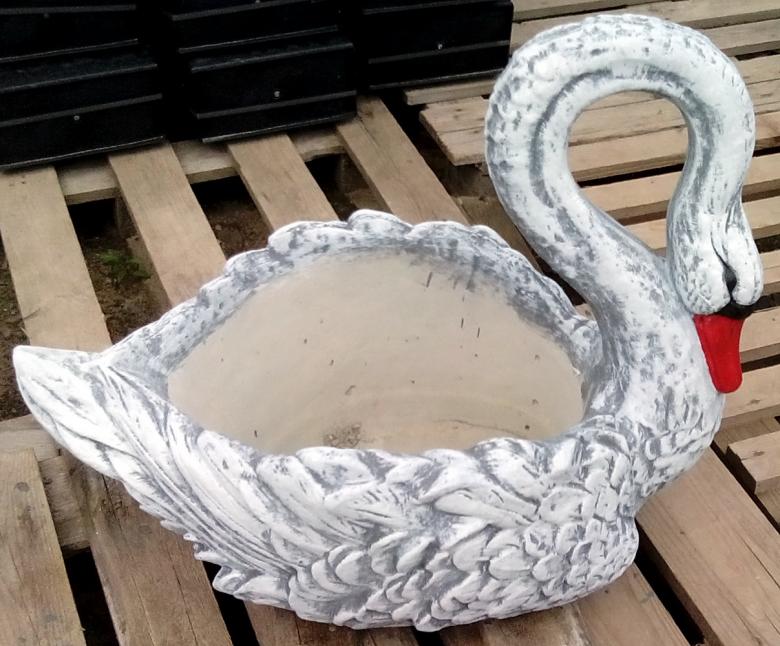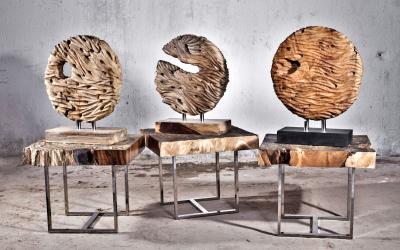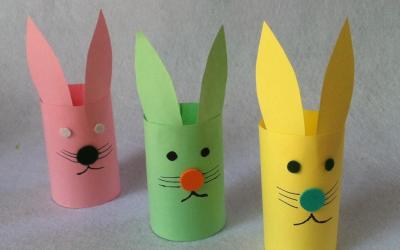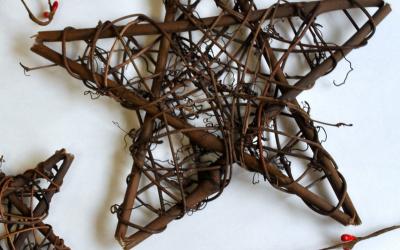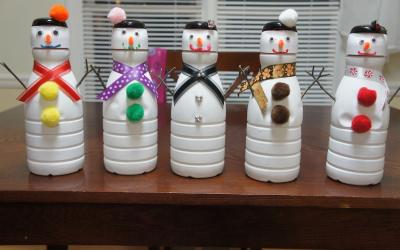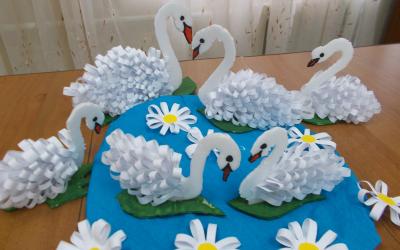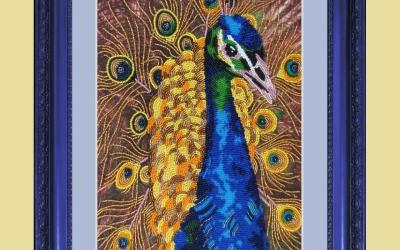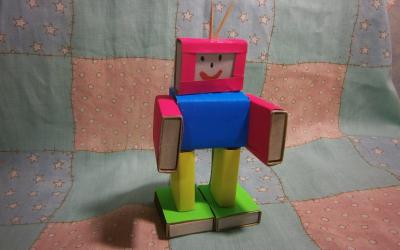Handmade plaster crafts for the garden and the house - features of work with the material, master classes, photo ideas
Recently, handmade crafts from various materials are increasingly popular. In the process of their manufacture, jars, wire, polymer clay and other materials are used. Among them, gypsum takes far from the last place, and crafts from it turn out especially attractive.
Choosing the material for the sculptures
Why is gypsum so popular? Among the advantages of this material should be noted the following: ecologically impeccable composition, ease of use, plasticity before setting and strength after setting. In addition, plaster models without distortion retain the shape of objects and representatives of flora and fauna so that such figures are difficult to distinguish from the original.
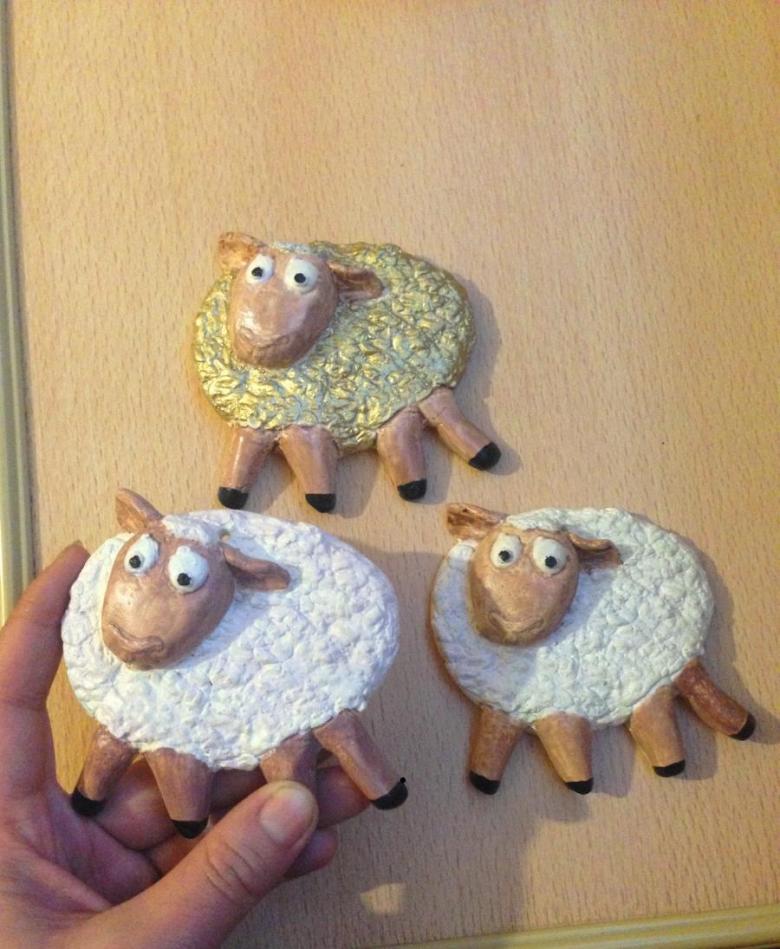
What kind of handicrafts can be made from gypsum
Medicine and forensics use the property of gypsum to quickly solidify, retaining the desired shape. In addition, its availability and low cost are attractive. The same properties of gypsum, unlike heavy cement, are very useful for independent production of handicrafts for home and country. From this material are obtained beautiful vessels that can carry not only aesthetic functions, but also bring practical use, as usual vases. Various leaves and other decorative ornaments are made from gypsum. However, the most widespread are products made of plaster in the form of mermaids, dwarfs, dragons, mushrooms and other sculptures. Fashionable ideas of plaster handicrafts in the countryside came to our country from Europe, where they are known for a long time.

Of course, it is possible to buy such products in the store, but it will require significant financial costs. Homemade sculptures for the countryside can be made by your own forces without significant financial investment and time. Gypsum is sold in every pharmacy, and its price is insignificant. To get the desired result, you only need to buy molds for casting products.
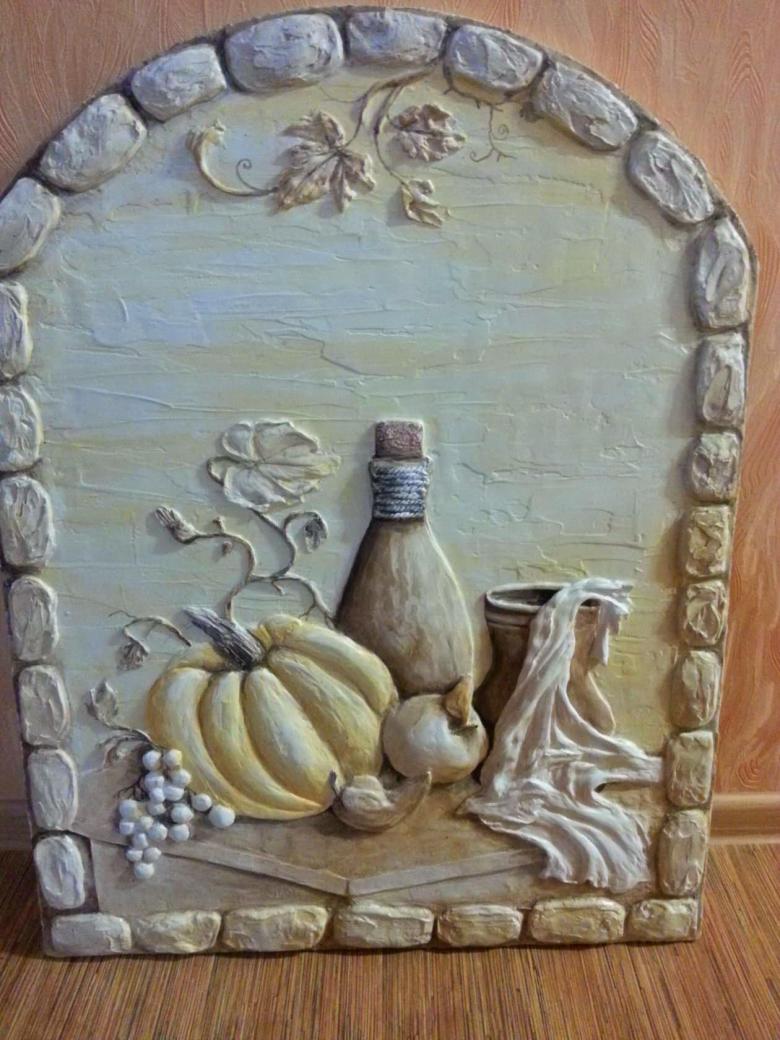
How to make gypsum mortar
Before preparing the mortar, you should think about the volume of the future product and the capacity of dishes for dilution. In case of insufficiency of the initial mortar for the sculpture, it will have to be made anew. Therefore, an excess of gypsum mortar is better than a lack of it. Once you have chosen a container for preparation, pour the gypsum powder into it, and then add water. The mixture is stirred thoroughly and either water or gypsum is added if necessary.
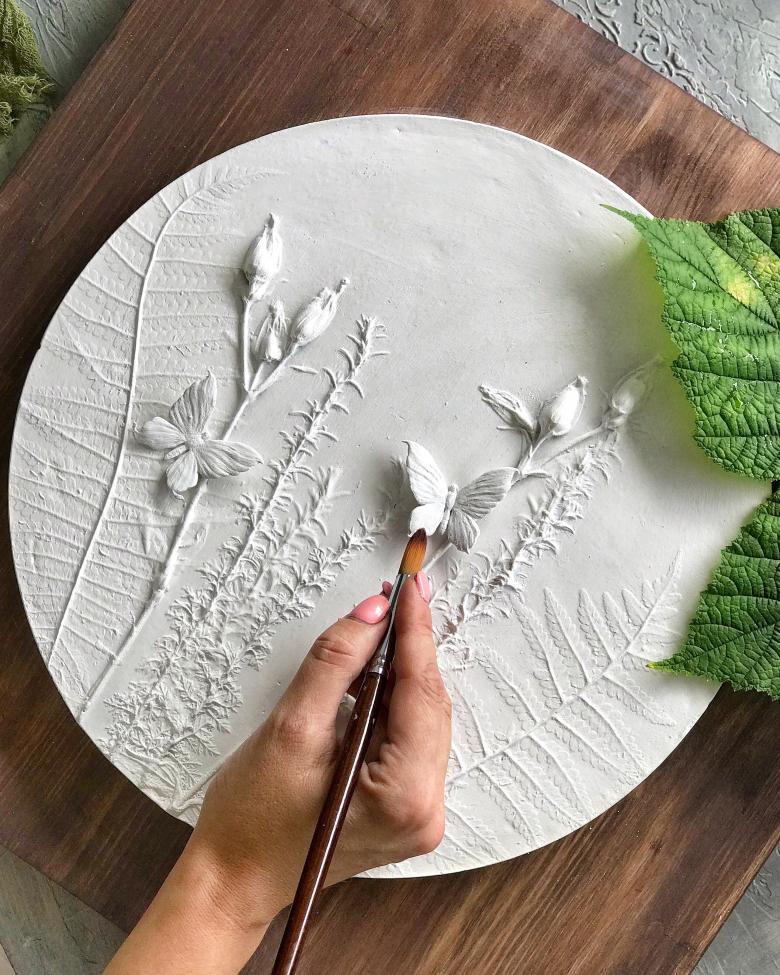
Pouring the gypsum mixture into the molds, no time should be wasted, as gypsum solidifies quickly, and it is impossible to remove it from the container once it has set.
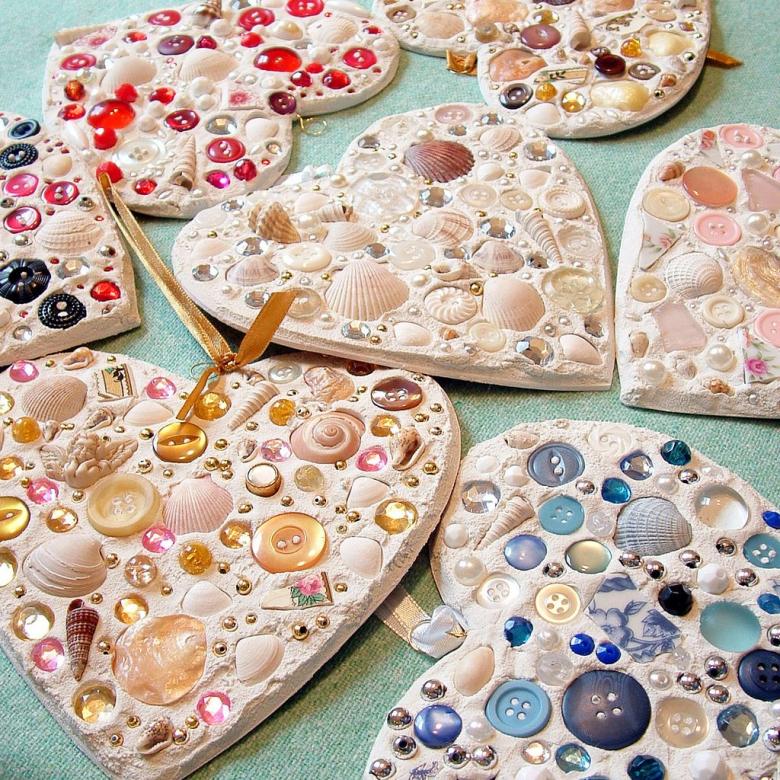
Keep in mind that frequent inhalation of gypsum powder in significant quantities can be harmful to health.

Painting the products
Full aesthetic satisfaction from the handicraft can be experienced only by painting it. Unpainted products sometimes give a negative impression. A layer of paint also protects the handicrafts from dirt. Practice shows that adding a dyeing compound to the gypsum solution does not always lead to the desired result.

Professionals are also of the opinion that sculptures should be painted after the plaster has hardened. Any kind of paint can be used in this process. In particular, the application of several layers of ochre is used to obtain a bronze shade. A primer is required before painting. Traditionally, varnish, carpentry glue or polyvinyl acetate in water (PVA) emulsion is used for this purpose.
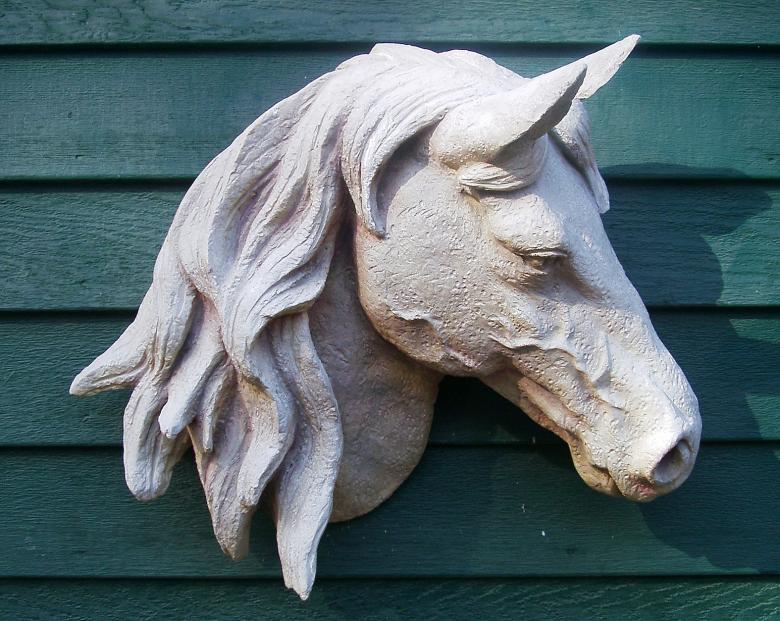
Because of its porosity, gypsum absorbs paint and the product without a primer has a poor aesthetic appearance.
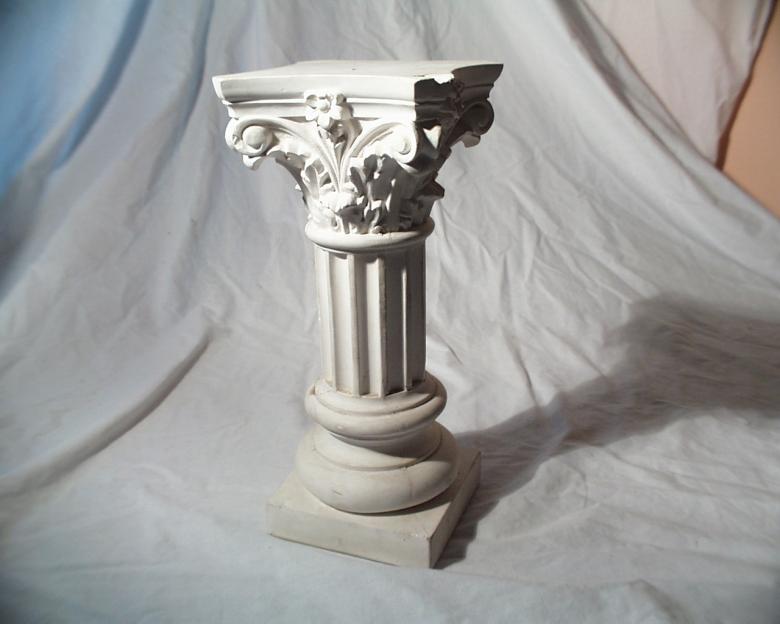
The purpose of priming gypsum products is to close the pores of the gypsum and allow the layer of paint to evenly cover the surface without absorbing into the substrate. After the paint dries, it is varnished for durability and appearance.
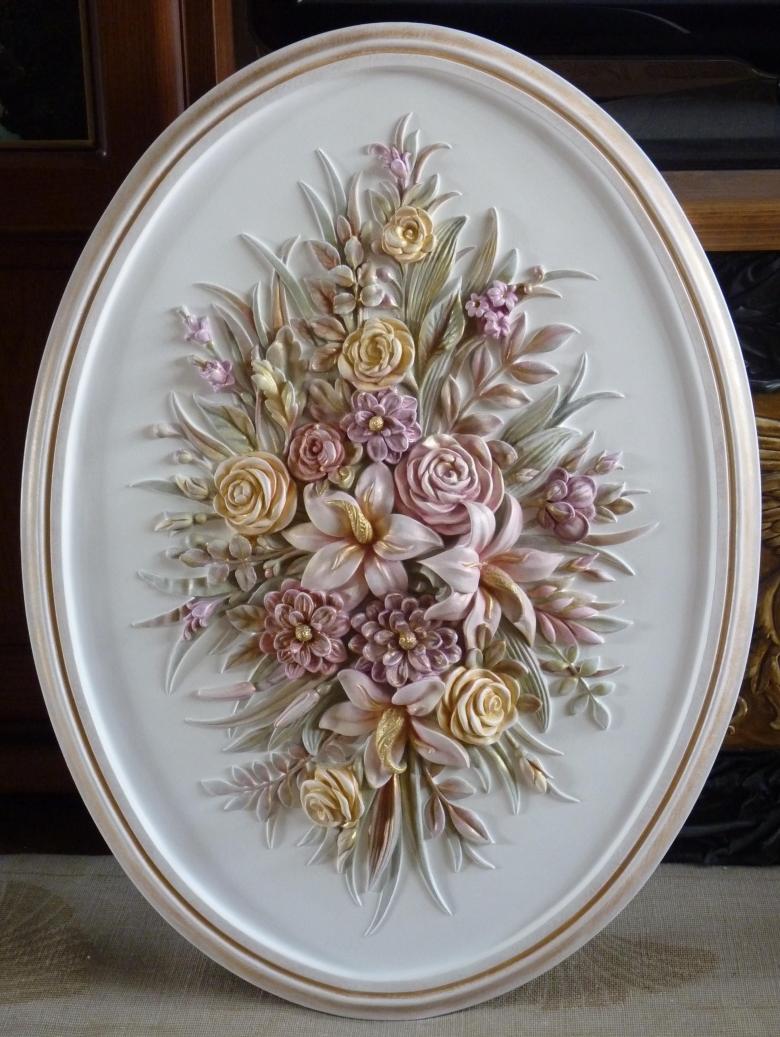
What is used as a mold?
For the manufacture of plaster castings in stores offer molds made of different materials: metal, wood, plastic and silicone.
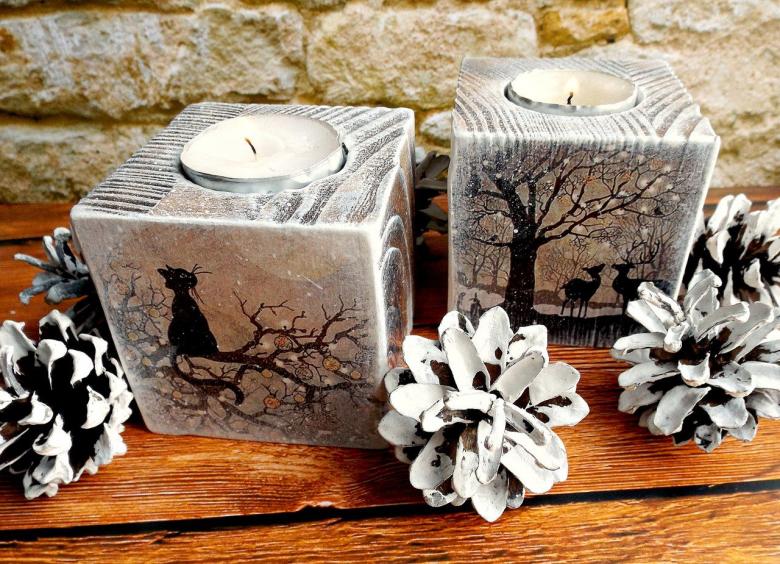
Silicone is preferred. It is easy to use, because it does not require lubrication before pouring the plaster solution, and because of its elasticity, it is easily removed from the finished casting without damaging it. Silicone molds can be made on your own without much difficulty.
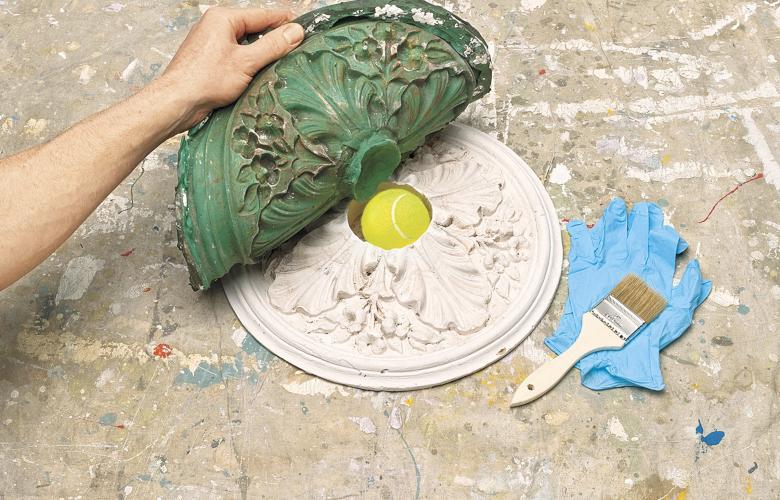
Plaster molds for the home and garden
Gone are the days when people came to the countryside not to rest, but to work in the garden. Now at the cottage you can relax and bring your creative fantasies into reality. Landscaping suits these purposes as well as possible. The main issue in this creativity - the choice of specific products.
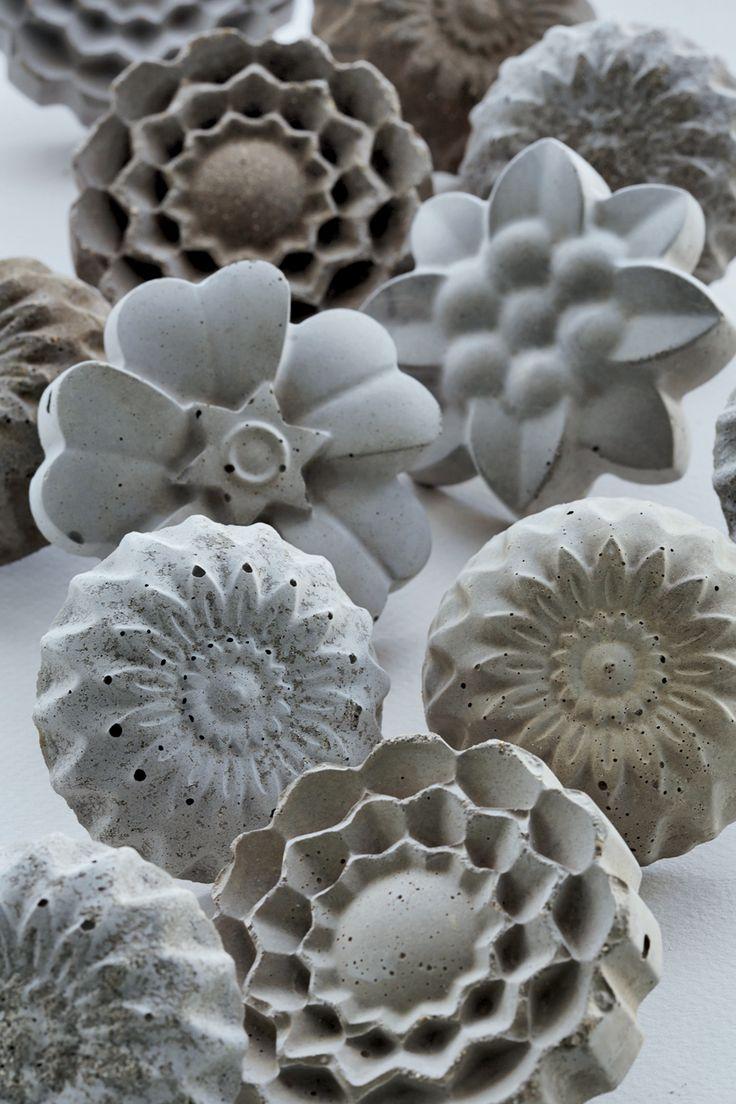
To avoid naivety, banality and vulgarity, you should study the experience of predecessors and read the photos of garden sculptures posted on the Internet and step by step instructions on how to make them.
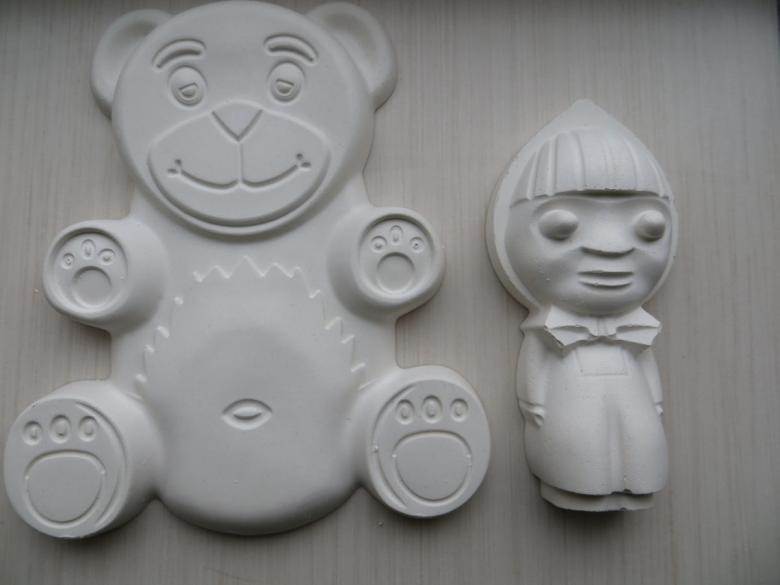
A plaster copy of a coin
The work requires concentration and accuracy. We place the coin in a container and fill it with mortar up to half of its thickness. The second side is made in the same way. To use the castings as a mold, they must be coated on the inside to prevent the plaster from sticking to the mold. This method is used to make replicas of any object.
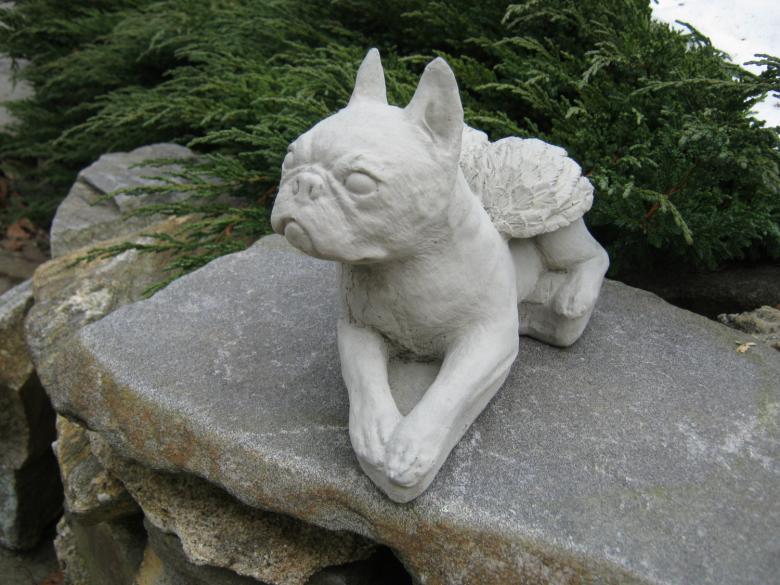
Magic hill
In case there is a small hill on the site, make plaster windows, doors and fairy gnomes. Decorate the hill with these items and it will give the whole site an exquisite and exotic look.
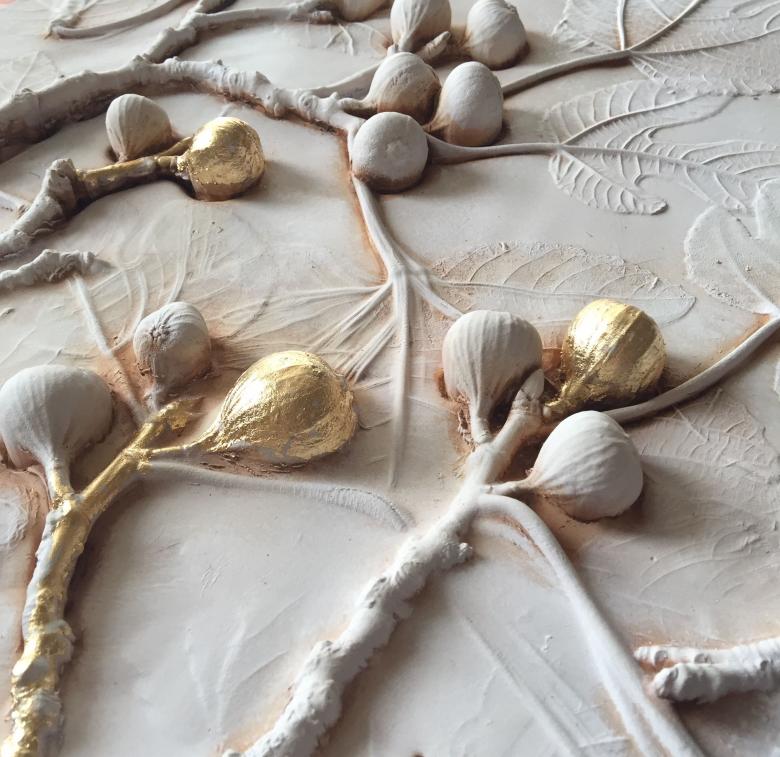
Frog Princess .
If there is a rainwater collection barrel on the site, cast a plaster frog that holds an arrow in its mouth. This sculpture will symbolize understanding and love in the home.
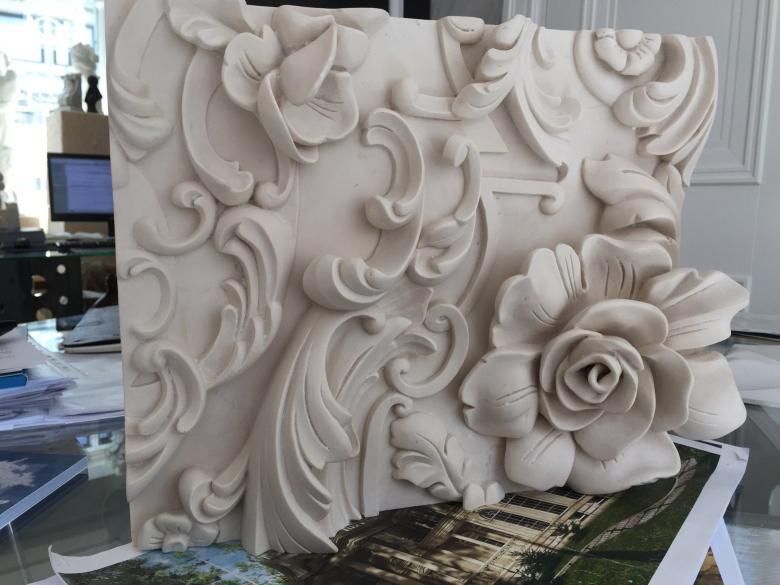
Fairy Tale Heroes
If there is a preschool-age child in the family, make plaster characters from fairy tales, children's art films and cartoons.
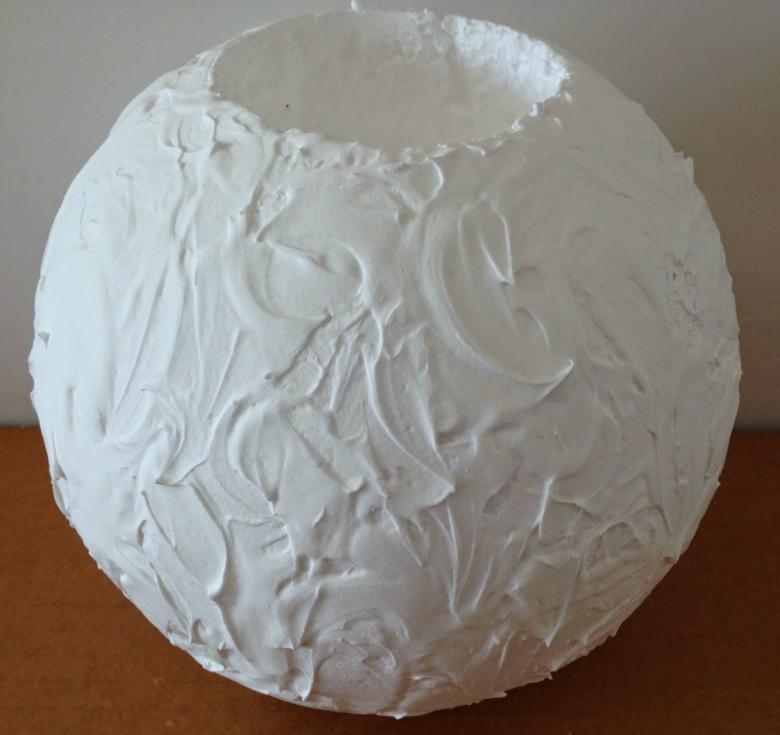
When experience with plaster is not enough, it is recommended to read the master classes published on the Internet on making sculptures from plaster.
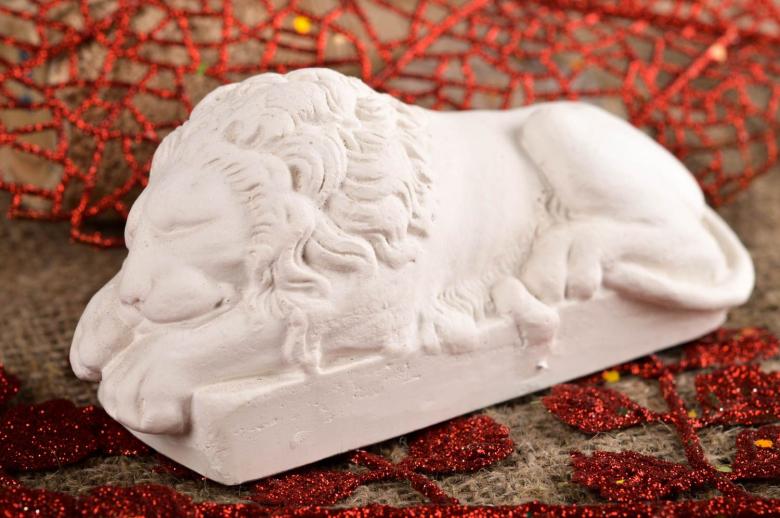
Sasquatch
Cast a dozen of your footprints, you can enlarge them as a joke, and place the castings on the site. These footprints will jokingly hint at Bigfoot walking around the property.
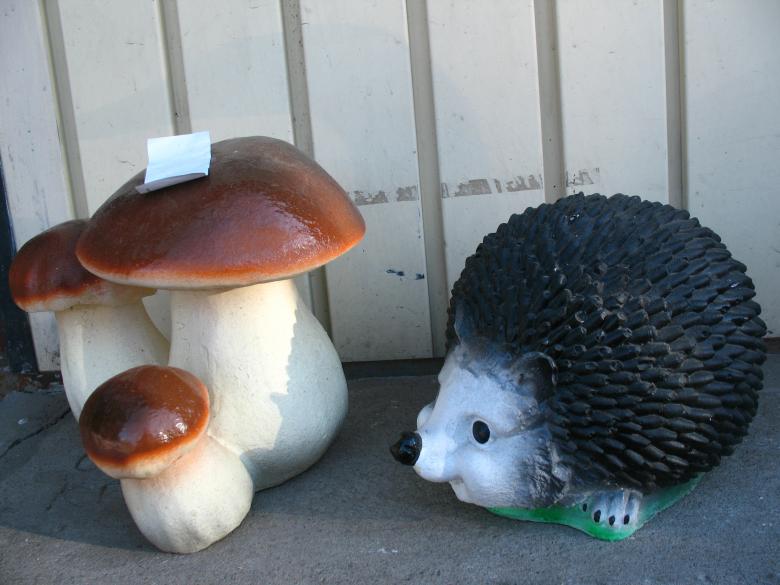
New Year's Gift
From scraps of fabric you can make a lush pine needles, and the base will be a stick of wood. The entire structure is attached in a stand made of plaster, and when the plaster hardens, the Christmas tree can be decorated with tinsel, beads and other things.
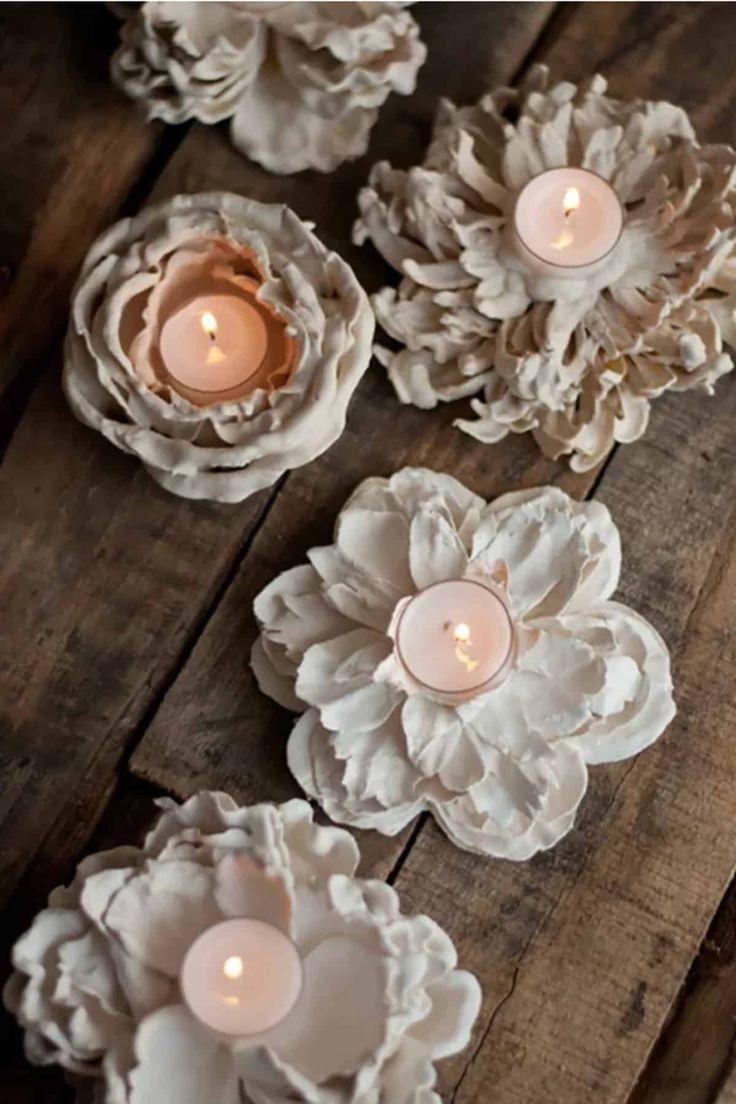
You do not need to be a seasoned professional to make plaster crafts. Enough desire, skilled hands and a little free time.

